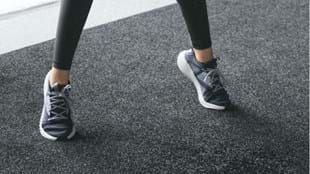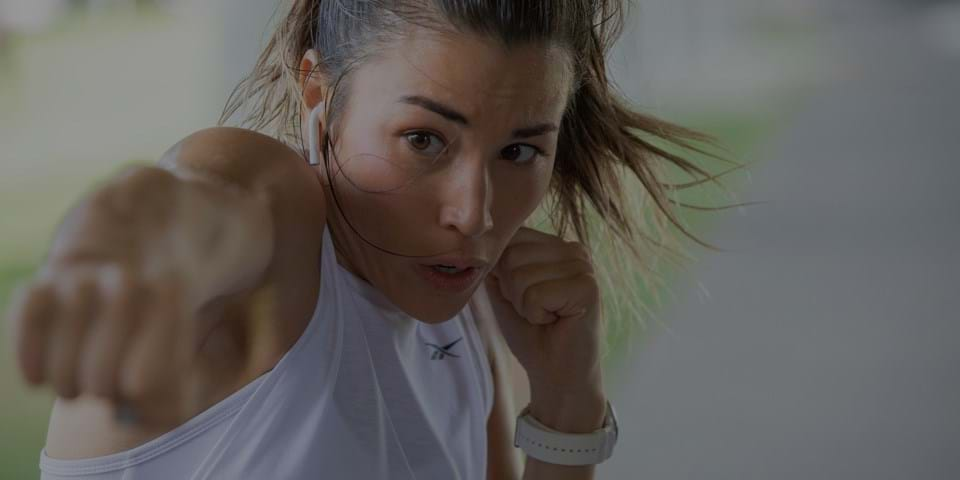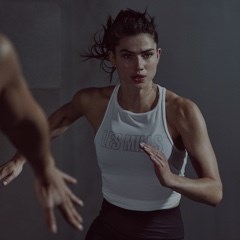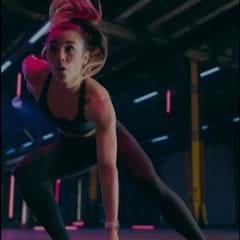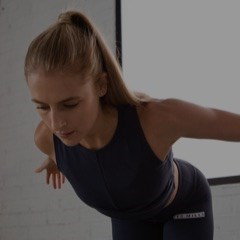The calf muscles in the back of your lower leg are small but important. They are the primary muscle group for forward and upward propulsion during fundamental movements such as walking, running, stair climbing, cycling and jumping.
“Keeping these muscles engaged and healthy will assist in maximizing performance in sports that involve running and jumping as well as maintaining independence for the functional tasks of walking and stair climbing.” Dr Jinger Gottschall
One of the best ways to activate these muscles is with heel lifts. Raising your heels creates an ankle extension engaging three muscles: the medial gastrocnemius, the lateral gastrocnemius and the soleus. Strengthening the gastrocnemius muscles is key to driving power when you sprint and jump, and the soleus muscle enables endurance.
Both the gastrocnemius muscles and the soleus join at the lower end of the calf and share a tendon, the Achilles tendon, which attaches to the heel. Interestingly, the Achilles tendon is the largest and strongest tendon in the body.
Adding heel lifts during strength training
If you’ve tried one of the latest BODYPUMP releases you’ll have experienced the addition of heel lifts during the high pull and squat combinations. When the heel lift is added to the upright row and squat, there is extension at three joints: the hip, the knee and the ankle. This is referred to as ‘triple extension’. At the bottom of a squat, all three joints are flexed. As you initiate the rise, the hips extend, followed by the knees, and finally the ankles – it’s an integrated exercise that engages the glutes, the quads and the gastrocnemius/soleus muscles. It’s that final extension at the ankles that provides additional power, increasing overall activation and enhancing lower leg training.
Dr Jinger Gottschall advises that you can increase the benefit of triple extension by executing the heel lift in the high pull and squat combination without a pause – ensuring the hip, knee, and ankle extension is in a fluid sequence. As you do this, it’s essential to consciously contract the glutes and brace the core as you rise up from a squat, then add the heel lift component to fire the calf muscles.
Extension at the ankles provides additional power, increasing overall activation and enhancing lower leg training.
The wrong way to lift your heels …
While occasional heel lifts are beneficial, long periods with you heels raised in stilettos is not! Bryce Hastings, Les Mills Head of Research, says wearing high heels is tantamount to Japanese foot binding, adding that you can’t wear high heels for prolonged periods and expect to be able to perform squats and impact exercises without serious implications.
Find out all about the implications associated with wearing high heels here.
Jinger S. Gottschall, Ph.D. earned her doctorate degree in integrative physiology from the University of Colorado at Boulder. She furthered her academic career as a postdoctoral fellow in neurophysiology at the Emory School of Medicine and as an Associate Professor in kinesiology at The Pennsylvania State University. Dr. Gottschall is currently an Adjunct Associate Professor in the Department of Biobehavioral Science at Columbia University. She was also the founder and co-owner of FITOLOGY, a Les Mills group fitness studio. A passionate advocate for physical activity, Dr Gottschall has dedicated her career to finding programs that promote balanced, healthy lifestyle choices while delivering the results they promise.
Bryce Hastings is a leading New Zealand physiotherapist and fitness expert. As Les Mills Head of Research he leads research into the most effective approaches to exercise and plays a pivotal role in structuring all LES MILLS™ workouts. Bryce’s passion for effective exercise is born from spending 30 years in physiotherapy, where he saw “people getting their lives wrong” every day and felt like he was acting as an ambulance at the bottom of the cliff. By working in fitness he gets to be the fence at the top.



